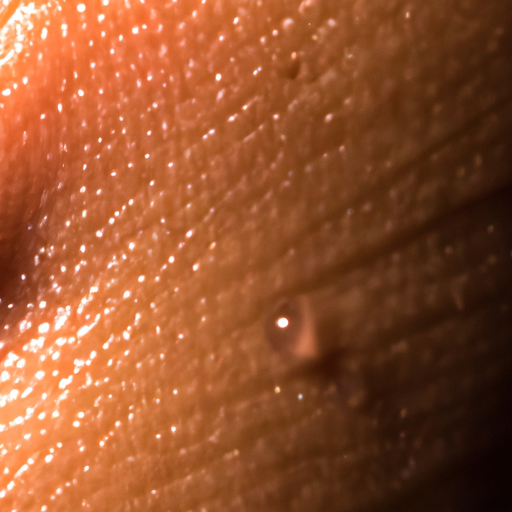As a dermatologist, I have encountered countless patients struggling with oily skin. It’s a common condition that can lead to acne breakouts, enlarged pores, and an overall shiny complexion. While it may seem like an uphill battle, there are effective ways to manage oily skin and reveal the radiant complexion beneath. This article aims to unmask the radiance hidden behind oily skin by providing a comprehensive guide to its management.
Firstly, understanding the root cause of oily skin is crucial. Our skin contains sebaceous glands that produce sebum, an oily substance that helps keep our skin hydrated and healthy. However, when these glands overproduce sebum, it leads to oily skin. Factors such as genetics, hormonal changes, stress, and environmental conditions can trigger this overproduction.
The first step in taming oily skin is adopting a suitable skincare routine. Contrary to popular belief, harsh cleansing is not the solution. Over-cleansing can strip the skin of its natural oils, causing the sebaceous glands to produce even more sebum in response. Instead, opt for a gentle, water-soluble cleanser designed for oily skin. Use it twice daily – in the morning and before bed.
Exfoliation is another crucial step in managing oily skin. It helps remove dead skin cells that can clog pores and increase oil production. However, like cleansing, it should be done moderately – no more than twice a week. Over-exfoliation can irritate the skin and trigger more oil production. When choosing an exfoliant, look for products containing salicylic acid or alpha-hydroxy acids (AHAs), which are effective at unclogging pores.
After cleansing and exfoliating, don’t forget to moisturize. It may seem counterintuitive to add more moisture to oily skin, but remember, oil and hydration are not the same thing. Even oily skin needs hydration to maintain its health and balance. Look for oil-free, non-comedogenic moisturizers that won’t clog your pores.
In addition to a proper skincare routine, lifestyle changes can also help manage oily skin. A balanced diet rich in fruits, vegetables, lean proteins, and whole grains can promote healthy skin. Avoid foods high in sugars and fats, as they can stimulate sebum production. Regular exercise can also help by reducing stress levels, which can trigger oil production.
Furthermore, always protect your skin from the sun. Sun damage can lead to an increase in oil production and cause other skin problems. Choose a broad-spectrum sunscreen with an SPF of at least 30 and reapply it every two hours when you’re outdoors.
In some cases, if oily skin leads to severe acne or doesn’t improve with over-the-counter treatments, it may be time to see a dermatologist. Prescription medications, such as retinoids or oral contraceptives, can help regulate sebum production. In-office treatments like chemical peels or laser therapy can also be beneficial.
In conclusion, managing oily skin is all about balance. It’s about understanding your skin’s needs and responding appropriately. With the right skincare routine, lifestyle changes, and professional help when needed, you can tame oily skin and unmask the radiant complexion beneath. Remember, every skin type is unique and what works for one person may not work for another. So, be patient with your skin and give it the care it deserves.



